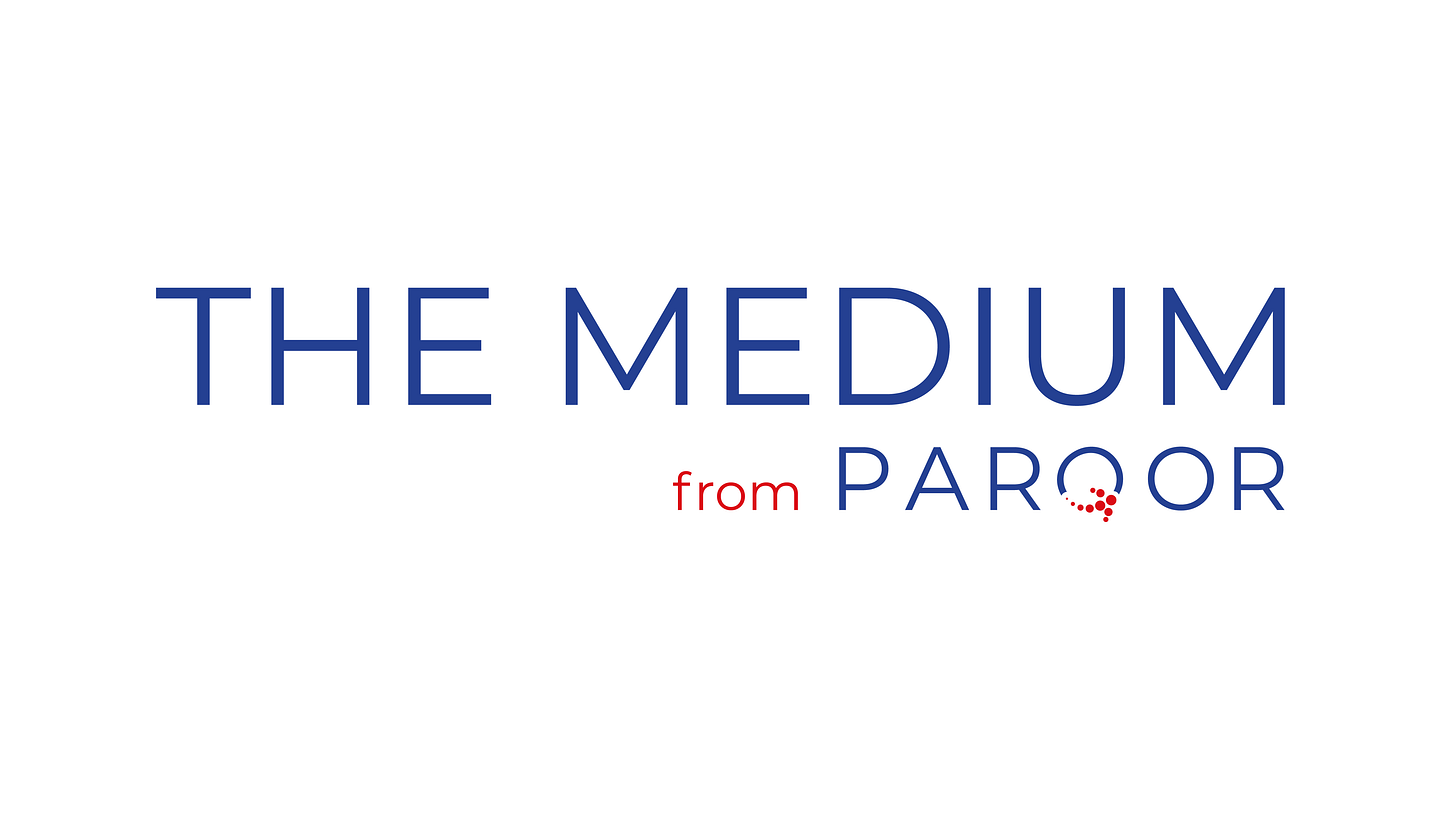Netflix's $8 Billion In Cash Can't Solve Their AI Problem—Here's Why
How premium brand constraints and advertising economics leave Netflix structurally disadvantaged against YouTube's AI strategy and other generative AI competitors
Another part of Netflix’s Q2 2025 earnings call that is generating buzz is Co-CEO Ted Sarandos’ answer about “the very first [generative AI] final footage to appear on screen in a Netflix original series or film.” He shared the example of a visual effects sequence in a hit Argentinian show “El Eternaut” which was completed “10x faster than it could have been completed with traditional VFX tools and workflows.”
He closed the anecdote with the sales pitch that generative AI tools “are helping creators expand the possibilities of storytelling on screen, and that is endlessly exciting.”
Sarandos’ sales pitch sounds unusually conservative for Netflix in light of the success of the fully AI-generated YouTube Short “Baby Mistakenly Flies Plane”. Earlier this month, it was reportedly the 3rd most-watched on the platform with ~130m views. It also sounds unusually conservative against the Google data point that users have created 40M+ videos with its generative AI tool Veo 3 since the I/O Conference in May.
Netflix and YouTube have long been the two largest platforms for streaming because their respective technologies enable entertainment that is “on-demand, personalized, and available on any screen”. They are different technological solutions: YouTube’s algorithmic recommendation system pulls from over 20 million videos uploaded daily, whereas Netflix targets TV series and movies from nearly 14,000 titles.
But, they have long seemed to be in sync in their dominance of the streaming market in their respective specialities. Generative AI seems to be a turning point in their relationship. Sarandos’ lone example of VFX sounds experimental compared to Google’s all-in bet on generative AI.
Fairly or unfairly, Sarandos made Netflix sound like Disney or NBCUniversal a decade ago—cautious incumbents explaining why they were not rushing into streaming while Netflix captured the hearts and minds of consumers .
What is holding Netflix back? Why does it sound so conservative?
The answer may be that Netflix's premium brand and nascent advertising business leave no room for “AI slop.”
Less So “Frenemies”, Increasingly “Enemies”
YouTube has long been a “frenemy”—both a friend and rival—to Netflix. Netflix co-CEO Ted Sarandos told investors last October that YouTube and Netflix “ clearly do compete” in “certain segments” of Netflix’s business, but they “also feed each other really well.” Netflix “teasers and trailers and behind-the-scenes clips are “incredibly popular” on YouTube, and the two companies simultaneously offer intellectual property (IP) like CoComelon and the Amazing Digital Circus (“TADC”).
Past essays related to this topic:




